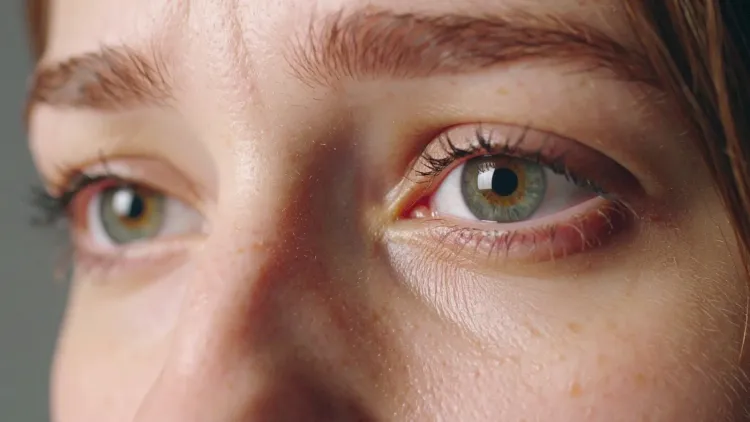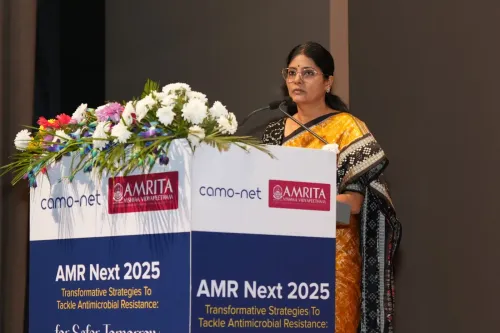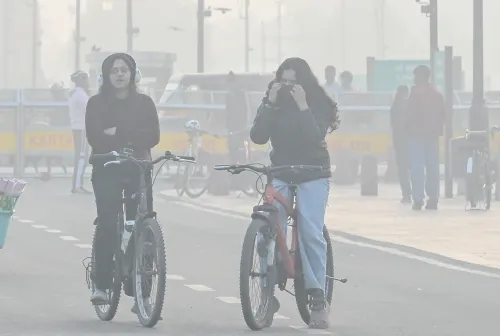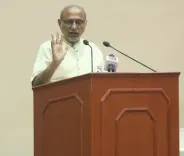Is Preventable Corneal Blindness Increasing Among Youth?

Synopsis
Key Takeaways
- Corneal blindness is a significant concern for youth in India.
- There are 20,000 to 25,000 new cases each year.
- Prevention is possible through awareness and timely intervention.
- Vitamin A deficiency still affects many children and adolescents.
- Community engagement is essential for a national strategy.
New Delhi, Aug 4 (NationPress) Corneal blindness, which was previously thought to mainly affect the elderly, is now increasingly posing a serious risk to teenagers and young adults throughout the nation, according to health experts on Monday.
This type of blindness is not only severe but also largely preventable. It arises when the clear front part of the eye, known as the cornea, becomes cloudy or scarred due to infections, injuries, or lack of essential nutrients.
Corneal opacities have now become the second leading cause of blindness in India, impacting tens of thousands of individuals each year.
During a recent three-day conference held by the Indian Society of Cornea and Kerato-Refractive Surgeons (ISCKRS) in New Delhi, it was revealed that there are between 20,000 and 25,000 new instances of corneal blindness annually, with the trend on the rise.
“A significant number of new cases of corneal blindness in India are now seen in people under 30 years of age. We are observing a troubling shift. Young individuals are losing their eyesight due to completely avoidable conditions,” remarked Prof. Rajesh Sinha, a Professor of Ophthalmology at AIIMS, New Delhi.
“Simple infections, untreated injuries, and a lack of awareness are leading to permanent vision impairment,” he added.
At the conference, experts pointed out that trauma-related injuries, especially among young individuals involved in agriculture, manual labor, or industrial work, are contributing to this alarming increase.
These injuries often remain untreated or are managed with home remedies, which can lead to severe infections and scarring.
Meanwhile, Vitamin A deficiency, still common in various regions of the country, continues to inflict serious corneal damage on children and adolescents. These challenges are exacerbated by low awareness, insufficient early diagnosis, and limited access to specialized eye care in rural and underserved areas, according to the experts.
“It is unacceptable that by 2025, we are still losing thousands of young eyes to completely preventable causes. India needs to regard corneal blindness among the youth as a public health crisis. A national strategy with robust community involvement is urgently needed,” Dr. Ikeda Lal, Senior Consultant for Cornea, Cataract, and Refractive Surgery at a prominent hospital in the national capital, stated.
Dr. Lal further stressed the importance of early detection and preventive measures, especially in rural and school-based health initiatives.
“Even minor indicators like redness, irritation, or blurred vision should never be overlooked. By the time many patients reach tertiary healthcare facilities, the damage is often irreversible,” she explained. She also called for tele-ophthalmology and mobile eye-care clinics to help close the urban-rural gap in healthcare access.









